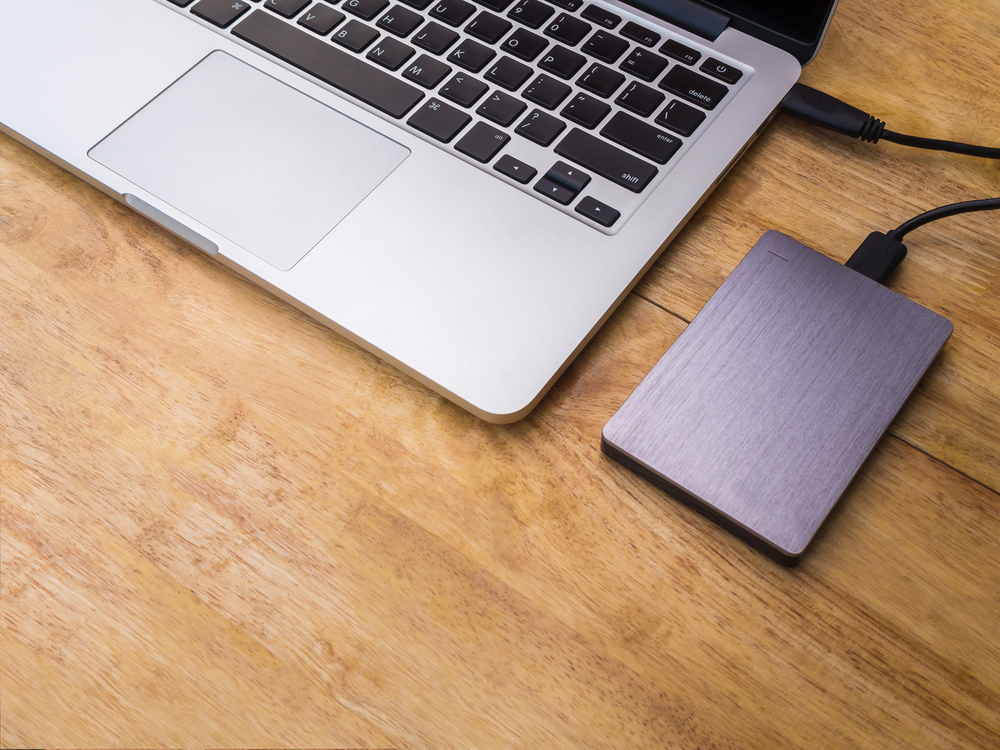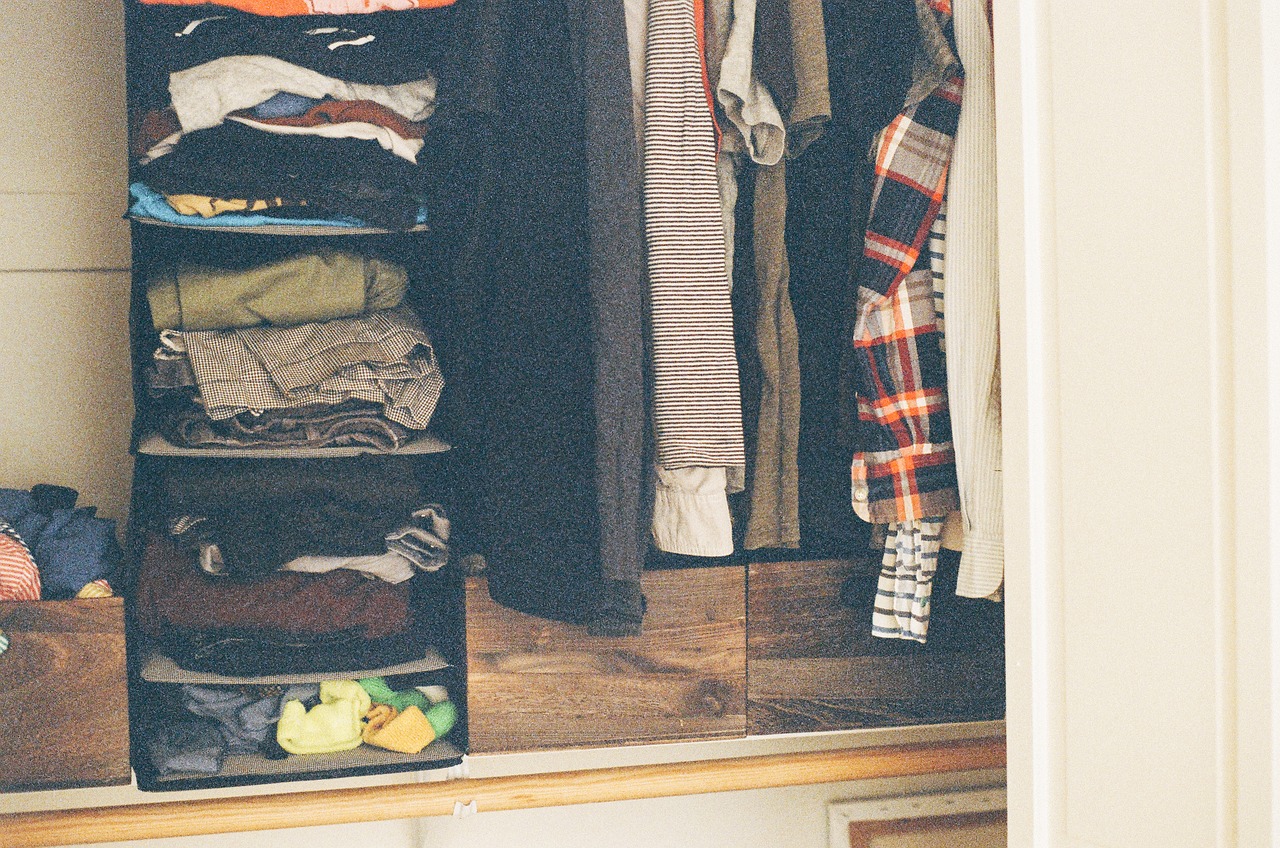Drywall issues can be perplexing, as experienced by a homeowner in Georgia who faced a lingering problem post-roof leak repair. Commonly, one might think the state’s warm climate would expedite the drying of wet drywall. Yet, this is a common misunderstanding. It’s essential for homeowners to have a clear grasp of drywall’s characteristics to assess its potential recovery after water damage. This knowledge is crucial in humid regions like Georgia, where moisture behaviors can differ significantly from expectations.
What is Drywall?
Drywall is one of the most common interior building material in homes. Most drywall consists of a gypsum layer between glued paper and typically makes up the covering of all interior walls and ceilings. Unless it’s special water resistant drywall, beyond the coating of paint on the outside, the interior drywall has little water resistance. Gypsum absorbs water readily and can hold it for an extended period. This makes water damage almost inevitable during flooding or significant water leakage from sources like plumbing ruptures, AC leaks, duct condensation, and many others.
How to Know If Your Wet Drywall is Salvageable
Because drywall damage is usually a factor whenever interior water inundation occurs, it is worth knowing when it can be saved. Often, wet drywall can be retained if it has not been deformed or disintegrated. But, this is more likely if a professional drying process begins as soon as possible. If drywall has absorbed so much water that it deforms, it is usually unsalvageable. This is evident when saturated walls bulge outward or ceilings sag. Impaired, deteriorating drywall presents a safety hazard due to potential collapse, not to mention aesthetic issues. Drywall that is sagging or bulging will never be structurally sound again. Unfortunately, it won’t regain its original shape, and it should be cut out and replaced. Also, the drywall covering the wall’s interior will usually not dry if the cavity inside an exterior wall is filled with water-saturated insulation.
What Happens if You Don’t Replace Wet Drywall?
It is often more cost-effective to discard the wet drywall to remove the insulation, dry everything out, replace it, and re-hang the new drywall. Mold can start to grow in as little as 48 hours in a space with excessive moisture. It grows readily on both the exterior and interior sides of the damp drywall. Hidden mold thrives inside walls and can even affect other building components, such as studs. Any time mold growth occurs on drywall, remove, and discard the affected segment. We use mold remediation techniques to decontaminate the wall cavity and all associated building materials before re-covering with new drywall.
Call PuroClean of East Cobb to Start the Drying Process Immediately
If your home or business suffers from water damage, call PuroClean of East Cobb at (770) 627-0900 right away. We will begin drying the salvageable drywall immediately to try to prevent mold from growing. PuroClean offers reconstruction services to replace drywall that is too damaged to be properly restored. We can also provide mold remediation services, should spores be detected. Don’t wait for the problem to get worse.




 PuroClean of East Cobb
PuroClean of East Cobb